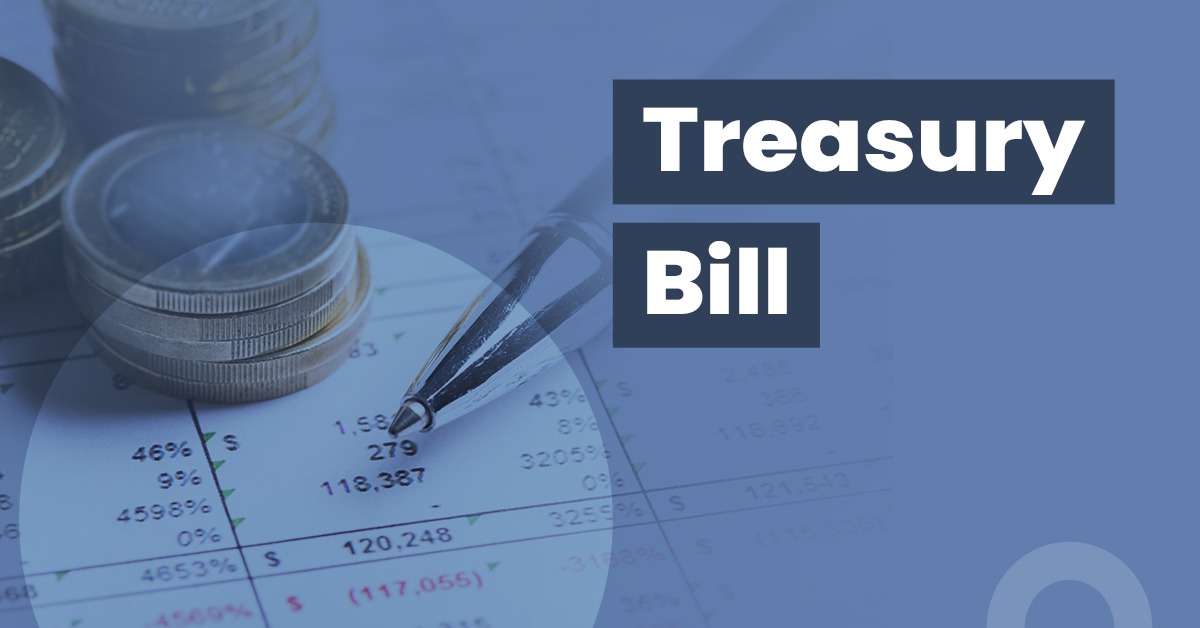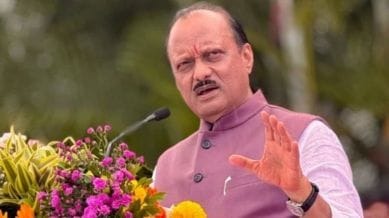The Indian government has introduced a draft bill aiming to open the power distribution sector to private companies, fostering competition, efficiency, and investment. This reform promises to transform power delivery by attracting private capital, enhancing grid stability, and supporting India’s ambitious clean energy targets.
India’s Ministry of Power recently unveiled a draft bill proposing to open the power distribution segment to private sector participation. This significant policy shift aims to address longstanding issues of inefficiency, financial losses, and service quality in the distribution companies (discoms) across the country.
Historically, most power distribution has been managed by state-owned entities, many of which grapple with operational challenges and mounting financial deficits. The new draft bill invites private companies to enter the power distribution space, either through full ownership, Public-Private Partnership (PPP) models, or franchise-based arrangements. Such involvement is expected to bring advanced management practices, technological upgrades including smart grids, and improved customer service.
This move aligns with India’s broader energy reforms designed to meet its target of 500 gigawatts of clean energy by 2030. Private players are anticipated to accelerate renewable energy integration, improve load management, and foster innovation in power storage and smart metering.
Under the draft framework, distribution companies will enjoy streamlined regulatory processes and access to incentives linked to performance and sustainability outcomes. This includes higher borrowing limits for states implementing reforms, aiming to ensure financial viability and sustainability of the power distribution sector.
The draft bill also emphasizes measures to enhance competition by making the sector more attractive and transparent for investors while safeguarding consumer interests through regulatory oversight.
Important Points:
India’s draft bill proposes private sector entry into power distribution via ownership, PPPs, and franchise models, aiming to improve efficiency and service quality.
The reform responds to chronic financial losses and operational issues of state-owned discoms, opening avenues for private investment and management expertise.
Private participation is expected to fast-track India’s renewable energy goals by facilitating cleaner, smarter grid integration and advanced power technologies.
The government offers incentives including increased borrowing limits to states adopting distribution reforms, supporting financial and operational stability.
Regulatory frameworks under the draft ensure transparency, competition, and consumer protections while encouraging innovation in power distribution.
This initiative forms part of a broader strategy to modernize India’s power sector and attract capital to improve infrastructure and reliability.
The draft is currently open for stakeholder feedback before being finalized and enacted.
This development marks a pivotal step toward India’s power sector transformation, promising to revitalize distribution networks through private sector innovation and investment while enhancing the nation’s clean energy ambitions.
Sources: Ministry of Power, Government of India; Economic Times; Business Standard; Powerline







